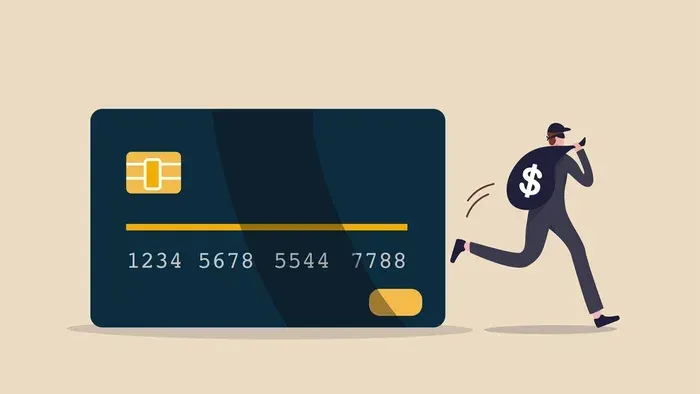The Caller’s Time is *Everything*.
Ways to show your callers that you value their most valuable commodity – their time.
I remember having to call Canada Revenue Agency for a question about my tax return which didn’t show up on their voluminous FAQ page on their website, and trying to plot out – with a feeling of dread – just how much time out of my daily schedule I’d need to set aside for that phone call.
I knew it was going to be *a lot*.
Kind of like when you need to go to the passport office or to Costco for gas and you pack and apple, water, and a book. You just don’t know how long it will be. (In fact, one passport office visit I had years ago went so quickly and efficiently, I said to the clerk: “But I brought a book…?”)
Callers – when confronted with an IVR – expect a certain amount of maneuvering around in order to get to the department they want. There’s going to be the patient listening to options (most of which don’t apply to you), there’s going to be a compromise (this is the closest option to what I need – let’s just go with it) and there’s bound to be a certain level of repetition (I already entered my account number!) But what *doesn’t* have to happen is a protracted length of time donated to the call. I firmly believe that there are measures that IVR designers can take to ensure that a large donation of time isn’t required for someone to be a customer.
Keep Options Few and Short Make sure that you don’t offer more than five options in the opening greeting, and make sure that those options are not too wordy or complicated.
Avoid Sub Menus Chances are, you don’t have specific staff trained for each individual choice that can come up in a sub menu. If you only have two agents in accounting, with one handling receivables and the other handling payables, you don’t need three other options refining in detail other accounting possibilities. Keep the choices simple.
You’re Prepping Them for Live Service – And That Shouldn’t Take Long All too often, an IVR is seen as a turnkey method of self-service – when really, it should be thought of as a method by which the caller is *aligned* for live care. They’re being *prepped* -- and even asked to contribute to the process by making sure they have their account number, statement, or PO handy. This needs to be done as efficiently and as quickly as possible. There’s simply no reason to waste caller’s time or keep them on the line any longer than is necessary.
Time is a huge commodity, more precious than anything. It’s wise – when constructing your IVR – to keep in mind this valuable recourse of the callers, and design systems which don’t squander your customer’s time.











